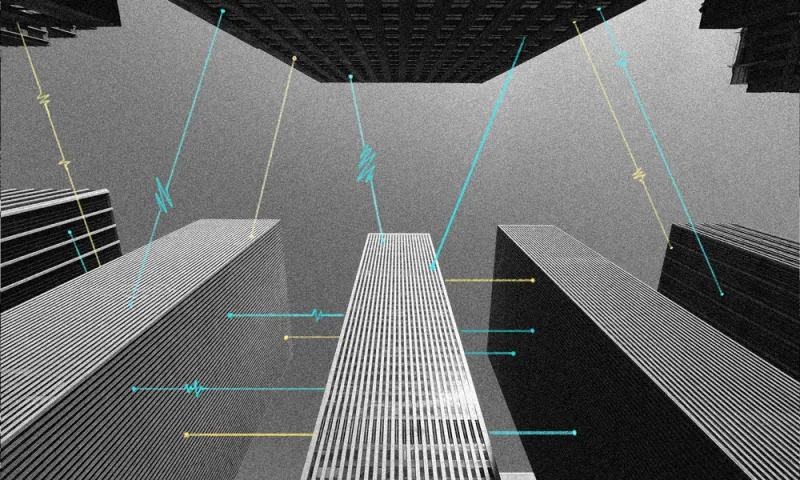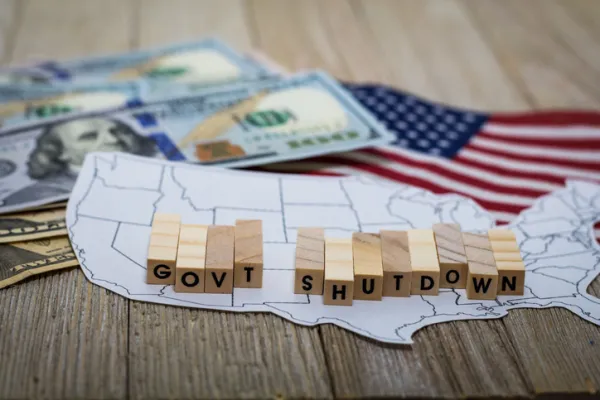Cadre Capital — backed by Andreessen Horowitz among others — is creating the first online secondary market for trading of private real estate investments.
To succeed, Cadre needs a critical mass of participants using its digital investment and research services. With a base of institutional users, Cadre is now going after individual investors with the launch of a managed accounts service that creates a diversified portfolio of properties with a minimum of $250,000.
With both individuals and institutions using its platform, Cadre is launching a secondary market where investors can buy and sell commercial property interests.
Cadre, founded in 2014, has been allowing users to directly invest in real estate it vets with transparency into the underlying deals. It was built as an alternative to expensive private equity funds that can be opaque. Earlier this year, Goldman Sachs, also an investor in the startup, formed a strategic partnership with Cadre so Goldman could give its private clients the ability to directly invest in commercial real estate. Cadre now manages $400 million for institutional clients and has done $1.5 billion in transactions.
[II Deep Dive: Q&A: Martin Cohen of Cohen & Steers Advocates Real Assets]
Institutions, including family offices, have been the initial users of the platform, said Cadre CEO Ryan Williams, who worked at Blackstone before co-founding the startup. But “my goal has always been the end investor,” he said in an interview. “The biggest barriers for individuals in commercial real estate are access to high-quality managers and liquidity.” Properties are inherently illiquid, meaning they can’t be easily traded in and out of.
“The secondary market gives them the power to buy and sell their interests, creating a full circle ecosystem that hasn’t existed for direct investors,” Williams argued.
On his platform (called “Cadre Secondary Market”), investors can sell their positions after one year. In a limited pilot Cadre conducted before launching the service, users completed about 40 transactions with an average trade size of $300,000. Unlike many real estate secondary transactions that have historically changed hands at significant discounts to net asset value, all trades in the pilot cleared at or above the property interest’s valuation, said Williams.
“These discounts are often driven by lack of information on assets, portfolios or funds that are to be invested in,” he said. Williams added that the pricing of secondary deals struck on Cadre’s platform during the pilot were in line with market value, because the start-up provides standardized and consistent data on underlying assets to both buyers and sellers. Cadre is registered as an alternative trading system.
The ultimate goal is a secondary market for all alternative assets, according to the CEO. “Five to 10 years from now, liquidity will become the norm, not the exception.”
Cadre expects that investors or companies such as real estate developer SL Green, which is an investor in Cadre, might use the secondary market to sell all or part of individual assets or portfolios that they own. “Think of an institutional investor who owns dozens of properties looking to sell 40 percent of the interest in their portfolio to re-balance based on geography, asset class, or a property’s age,” said Williams.
Investors are increasingly turning to secondary markets for illiquid assets such as private equity fund stakes, which can lock up money for 10 years or more.
Cadre has raised about $133 million from investors including Jim Breyer of Breyer Capital, Ford Foundation, Peter Thiel’s Founders Fund, General Catalyst, Goldman Sachs, Khosla Ventures, SL Green, and Thrive Capital.







